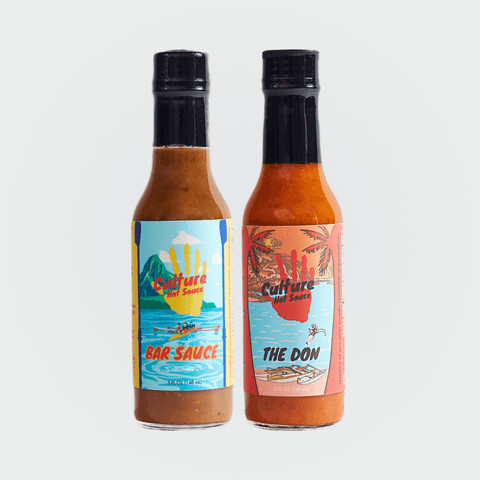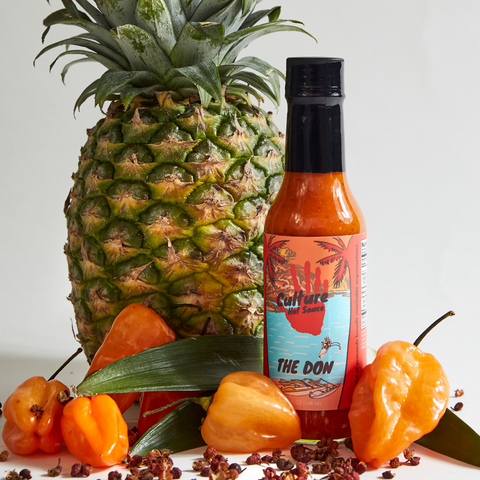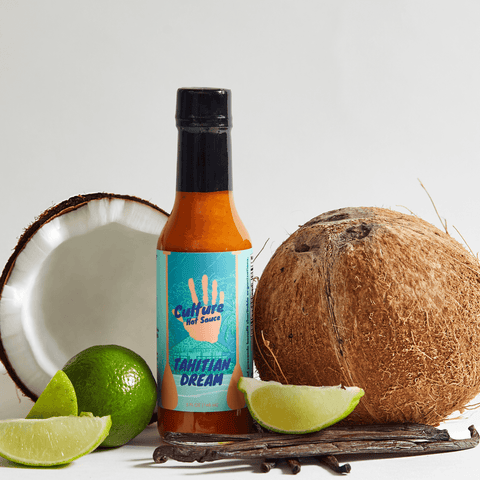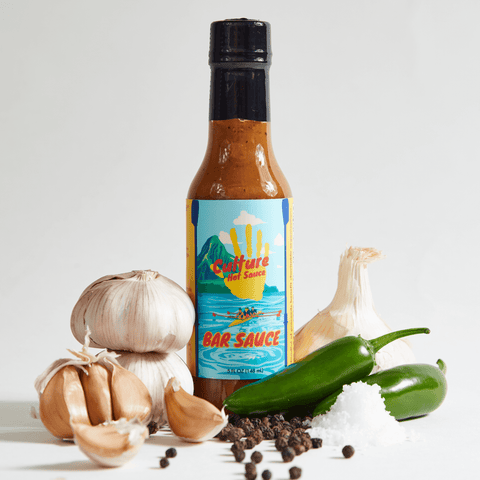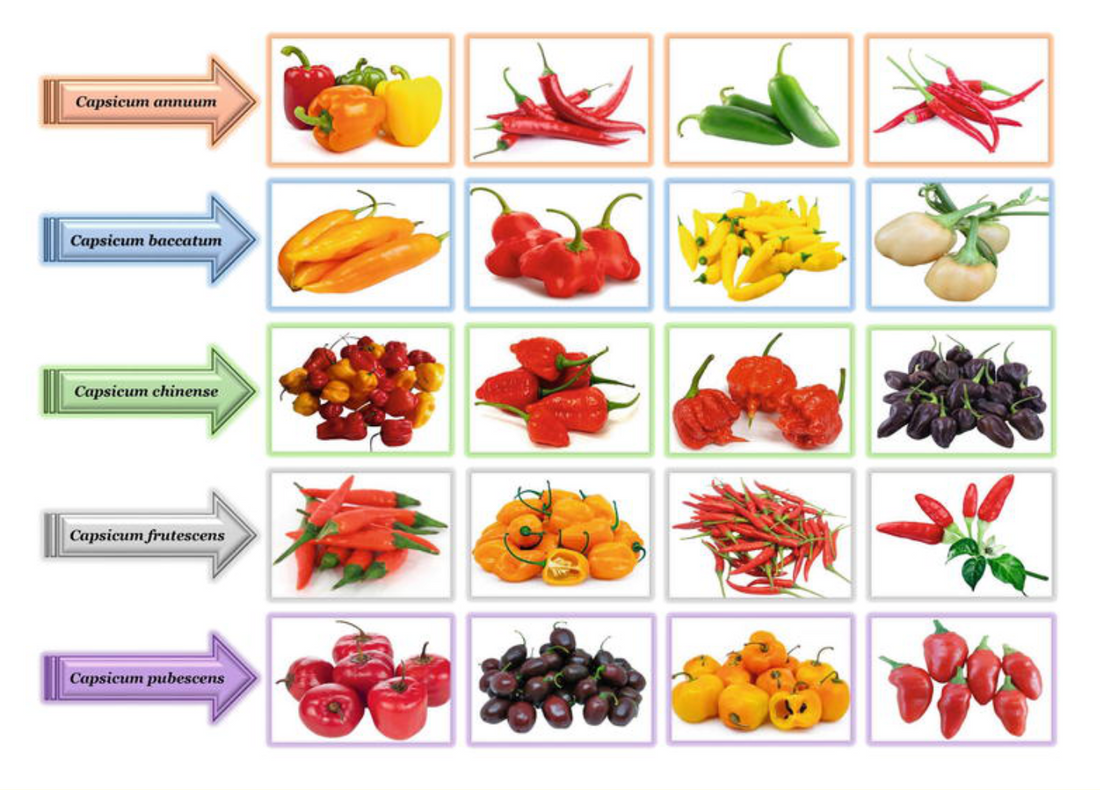The genus Capsicum includes several main species, each with its own characteristics, flavors, and heat levels. Here are the few main species of the genus Capsicum:
1. Capsicum annuum
- Characteristics: This is the most common and widely cultivated species, encompassing a wide range of peppers from sweet to hot.
- Examples: Bell peppers, jalapeños, serranos, poblanos, cayenne, and Anaheim peppers.
- Uses: Used in a variety of dishes worldwide, including salads, sauces, salsas, and as spices.
2. Capsicum frutescens
- Characteristics: Known for their smaller size and hotter varieties, these peppers often grow upright on the plant.
- Examples: Tabasco peppers, Thai peppers, and bird’s eye chili.
- Uses: Frequently used in hot sauces (like Tabasco sauce), Asian cuisines, and for adding heat to dishes.
3. Capsicum chinense
- Characteristics: This species includes some of the hottest peppers in the world, often with a distinctive fruity and floral flavor.
- Examples: Habanero, Scotch Bonnet, Ghost Pepper (Bhut Jolokia), and Carolina Reaper.
- Uses: Used in hot sauces, spicy dishes, and in cuisines requiring intense heat, such as Caribbean and South American dishes.
4. Capsicum baccatum
- Characteristics: Known for their large, often wrinkled pods and varied heat levels, with a distinctively fruity flavor.
- Examples: Aji Amarillo, Aji Lemon, and Bishop's Crown.
- Uses: Popular in South American cuisine, particularly Peruvian dishes, adding unique flavor profiles to salsas, stews, and ceviche.
5. Capsicum pubescens
- Characteristics: Notable for their hairy leaves, thick walls, and black seeds. These peppers have a unique flavor and moderate to high heat.
- Examples: Rocoto peppers.
- Uses: Common in Andean cuisine, used in sauces, stuffed pepper dishes, and traditional preparations like rocoto relleno.
These main species of the Capsicum genus offer a diverse array of flavors and heat levels, making them integral to various culinary traditions around the world. Each species brings its own unique characteristics to the table, contributing to the rich tapestry of global cuisines.
